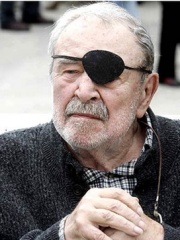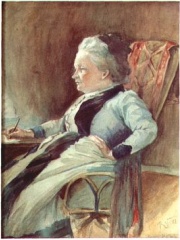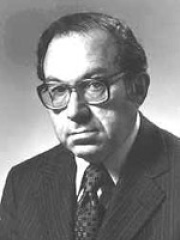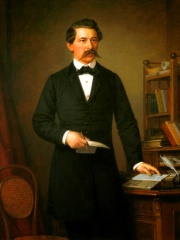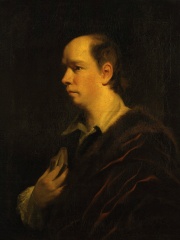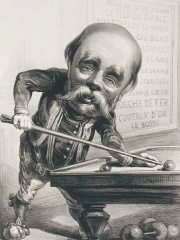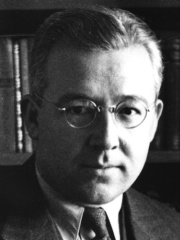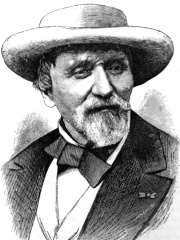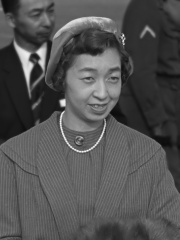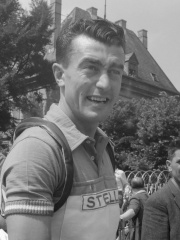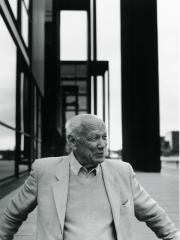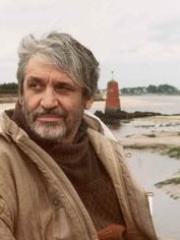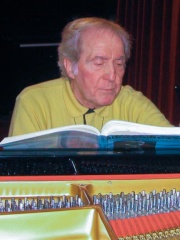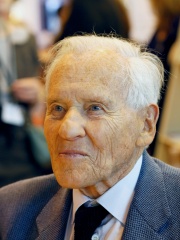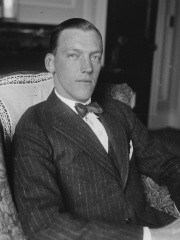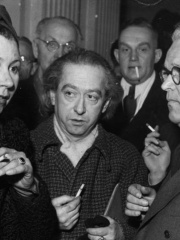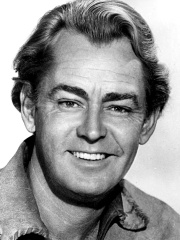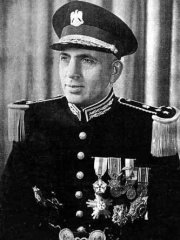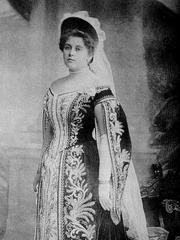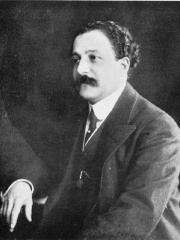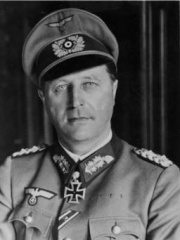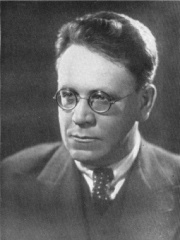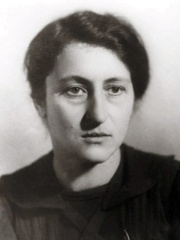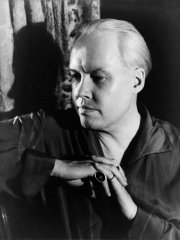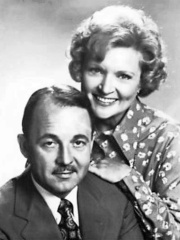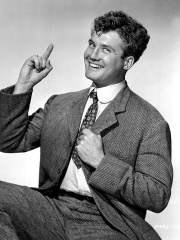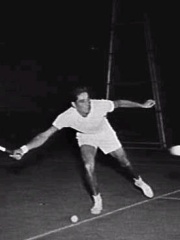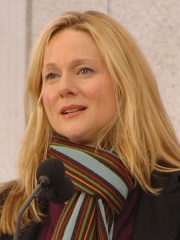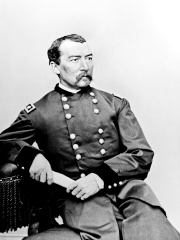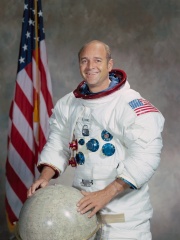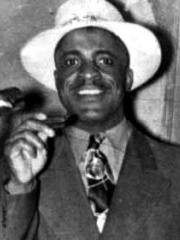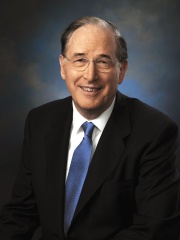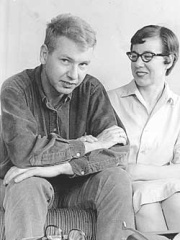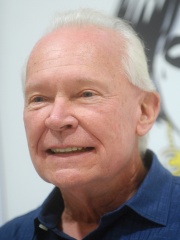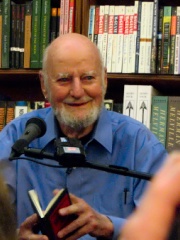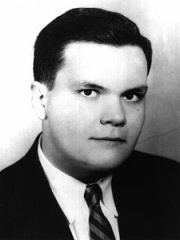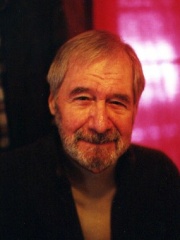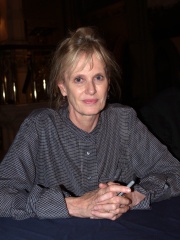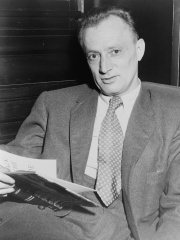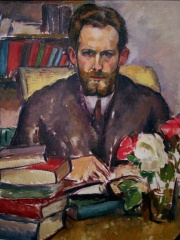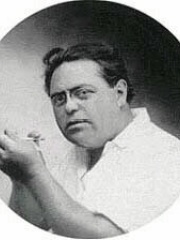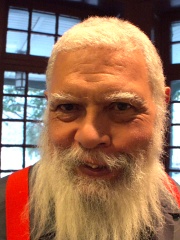WRITER
Flannery O'Connor
1925 - 1964
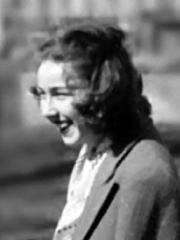
 Flannery O'Connor
Flannery O'Connor
Mary Flannery O'Connor (March 25, 1925 – August 3, 1964) was an American novelist, short story writer and essayist. She wrote two novels and 31 short stories, as well as a number of reviews and commentaries. She was a Southern writer who often wrote in a sardonic Southern Gothic style and relied heavily on regional settings and grotesque characters, often in violent situations. Read more on Wikipedia
Since 2007, the English Wikipedia page of Flannery O'Connor has received more than 3,411,156 page views. Her biography is available in 44 different languages on Wikipedia (up from 39 in 2019). Flannery O'Connor is the 2,146th most popular writer (down from 2,084th in 2019), the 2,681st most popular biography from United States (up from 2,731st in 2019) and the 233rd most popular American Writer.
Memorability Metrics
3.4M
Page Views (PV)
55.71
Historical Popularity Index (HPI)
44
Languages Editions (L)
2.67
Effective Languages (L*)
5.16
Coefficient of Variation (CV)
Notable Works
Page views of Flannery O'Connors by language
Over the past year Flannery O'Connor has had the most page views in the English wikipedia edition with 465,941 views, followed by Spanish (20,133), and Italian (17,882). In terms of yearly growth of page views the top 3 wikpedia editions are Hungarian (115.30%), Southern Azerbaijani (111.68%), and Cornish (110.36%)
Among WRITERS
Among writers, Flannery O'Connor ranks 2,146 out of 7,302. Before her are Lothar-Günther Buchheim, Minna Canth, Raul Hilberg, János Arany, Antonio Skármeta, and Osvaldo Moles. After her are Oliver Goldsmith, Ernst von Salomon, Goffredo Mameli, Paul Féval, père, Sabahattin Ali, and Aleksander Chodźko.
Most Popular Writers in Wikipedia
Go to all RankingsLothar-Günther Buchheim
1918 - 2007
HPI: 55.73
Rank: 2,140
Minna Canth
1844 - 1897
HPI: 55.73
Rank: 2,141
Raul Hilberg
1926 - 2007
HPI: 55.73
Rank: 2,142
János Arany
1817 - 1882
HPI: 55.73
Rank: 2,143
Antonio Skármeta
1940 - Present
HPI: 55.72
Rank: 2,144
Osvaldo Moles
1913 - 1967
HPI: 55.71
Rank: 2,145
Flannery O'Connor
1925 - 1964
HPI: 55.71
Rank: 2,146
Oliver Goldsmith
1728 - 1774
HPI: 55.71
Rank: 2,147
Ernst von Salomon
1902 - 1972
HPI: 55.71
Rank: 2,148
Goffredo Mameli
1827 - 1849
HPI: 55.70
Rank: 2,149
Paul Féval, père
1816 - 1887
HPI: 55.70
Rank: 2,150
Sabahattin Ali
1907 - 1948
HPI: 55.69
Rank: 2,151
Aleksander Chodźko
1804 - 1891
HPI: 55.68
Rank: 2,152
Contemporaries
Among people born in 1925, Flannery O'Connor ranks 135. Before her are Luis Molowny, Toshio Iwatani, Shigeko Higashikuni, Louison Bobet, John Guillermin, and Henning Larsen. After her are Maurice Pialat, Pavel Belyayev, Aldo Ciccolini, Art Pepper, René Moawad, and Jean d'Ormesson. Among people deceased in 1964, Flannery O'Connor ranks 61. Before her are Prince Axel of Denmark, Veit Harlan, Alan Ladd, Adib Shishakli, Anna Vyrubova, and Pierre Monteux. After her are Jean Fautrier, Hermann Breith, Samuil Marshak, Flaminio Bertoni, Wanda Wasilewska, and Carl Van Vechten.
Others Born in 1925
Go to all RankingsLuis Molowny
SOCCER PLAYER
1925 - 2010
HPI: 56.46
Rank: 129
Toshio Iwatani
SOCCER PLAYER
1925 - 1970
HPI: 56.41
Rank: 130
Shigeko Higashikuni
COMPANION
1925 - 1961
HPI: 56.20
Rank: 131
Louison Bobet
CYCLIST
1925 - 1983
HPI: 55.98
Rank: 132
John Guillermin
FILM DIRECTOR
1925 - 2015
HPI: 55.97
Rank: 133
Henning Larsen
ARCHITECT
1925 - 2013
HPI: 55.93
Rank: 134
Flannery O'Connor
WRITER
1925 - 1964
HPI: 55.71
Rank: 135
Maurice Pialat
FILM DIRECTOR
1925 - 2003
HPI: 55.58
Rank: 136
Pavel Belyayev
ASTRONAUT
1925 - 1970
HPI: 55.57
Rank: 137
Aldo Ciccolini
MUSICIAN
1925 - 2015
HPI: 55.44
Rank: 138
Art Pepper
MUSICIAN
1925 - 1982
HPI: 55.36
Rank: 139
René Moawad
POLITICIAN
1925 - 1989
HPI: 55.35
Rank: 140
Jean d'Ormesson
WRITER
1925 - 2017
HPI: 55.33
Rank: 141
Others Deceased in 1964
Go to all RankingsPrince Axel of Denmark
POLITICIAN
1888 - 1964
HPI: 56.63
Rank: 55
Veit Harlan
FILM DIRECTOR
1899 - 1964
HPI: 56.50
Rank: 56
Alan Ladd
ACTOR
1913 - 1964
HPI: 56.39
Rank: 57
Adib Shishakli
POLITICIAN
1909 - 1964
HPI: 56.24
Rank: 58
Anna Vyrubova
RELIGIOUS FIGURE
1884 - 1964
HPI: 55.82
Rank: 59
Pierre Monteux
CONDUCTOR
1875 - 1964
HPI: 55.74
Rank: 60
Flannery O'Connor
WRITER
1925 - 1964
HPI: 55.71
Rank: 61
Jean Fautrier
PAINTER
1898 - 1964
HPI: 55.63
Rank: 62
Hermann Breith
MILITARY PERSONNEL
1892 - 1964
HPI: 55.58
Rank: 63
Samuil Marshak
WRITER
1887 - 1964
HPI: 55.53
Rank: 64
Flaminio Bertoni
ENGINEER
1903 - 1964
HPI: 55.12
Rank: 65
Wanda Wasilewska
WRITER
1905 - 1964
HPI: 55.12
Rank: 66
Carl Van Vechten
PHOTOGRAPHER
1880 - 1964
HPI: 55.07
Rank: 67
In United States
Among people born in United States, Flannery O'Connor ranks 2,681 out of 20,380. Before her are John Hillerman (1932), George Reeves (1914), Carolyn Jones (1930), Pancho Gonzales (1928), Eric Schmidt (1955), and William J. Burns (1956). After her are Suzanne Vega (1959), Laura Linney (1964), Philip Sheridan (1831), Ronald Evans (1933), Sonny Boy Williamson I (1914), and Jay Rockefeller (1937).
Others born in United States
Go to all RankingsJohn Hillerman
ACTOR
1932 - 2017
HPI: 55.73
Rank: 2,675
George Reeves
ACTOR
1914 - 1959
HPI: 55.73
Rank: 2,676
Carolyn Jones
ACTOR
1930 - 1983
HPI: 55.73
Rank: 2,677
Pancho Gonzales
TENNIS PLAYER
1928 - 1995
HPI: 55.72
Rank: 2,678
Eric Schmidt
BUSINESSPERSON
1955 - Present
HPI: 55.72
Rank: 2,679
William J. Burns
DIPLOMAT
1956 - Present
HPI: 55.72
Rank: 2,680
Flannery O'Connor
WRITER
1925 - 1964
HPI: 55.71
Rank: 2,681
Suzanne Vega
MUSICIAN
1959 - Present
HPI: 55.71
Rank: 2,682
Laura Linney
ACTOR
1964 - Present
HPI: 55.71
Rank: 2,683
Philip Sheridan
MILITARY PERSONNEL
1831 - 1888
HPI: 55.71
Rank: 2,684
Ronald Evans
ASTRONAUT
1933 - 1990
HPI: 55.71
Rank: 2,685
Sonny Boy Williamson I
MUSICIAN
1914 - 1948
HPI: 55.71
Rank: 2,686
Jay Rockefeller
POLITICIAN
1937 - Present
HPI: 55.70
Rank: 2,687
Among WRITERS In United States
Among writers born in United States, Flannery O'Connor ranks 233. Before her are Walter Tevis (1928), James M. Cain (1892), Terry Brooks (1944), Lawrence Ferlinghetti (1919), John Kennedy Toole (1937), and Ed McBain (1926). After her are Siri Hustvedt (1955), Nelson Algren (1909), S. S. Van Dine (1888), Jacques Futrelle (1875), Samuel R. Delany (1942), and E. L. Doctorow (1931).
Walter Tevis
1928 - 1984
HPI: 55.89
Rank: 227
James M. Cain
1892 - 1977
HPI: 55.88
Rank: 228
Terry Brooks
1944 - Present
HPI: 55.85
Rank: 229
Lawrence Ferlinghetti
1919 - 2021
HPI: 55.84
Rank: 230
John Kennedy Toole
1937 - 1969
HPI: 55.80
Rank: 231
Ed McBain
1926 - 2005
HPI: 55.79
Rank: 232
Flannery O'Connor
1925 - 1964
HPI: 55.71
Rank: 233
Siri Hustvedt
1955 - Present
HPI: 55.67
Rank: 234
Nelson Algren
1909 - 1981
HPI: 55.61
Rank: 235
S. S. Van Dine
1888 - 1939
HPI: 55.60
Rank: 236
Jacques Futrelle
1875 - 1912
HPI: 55.59
Rank: 237
Samuel R. Delany
1942 - Present
HPI: 55.54
Rank: 238
E. L. Doctorow
1931 - 2015
HPI: 55.54
Rank: 239
